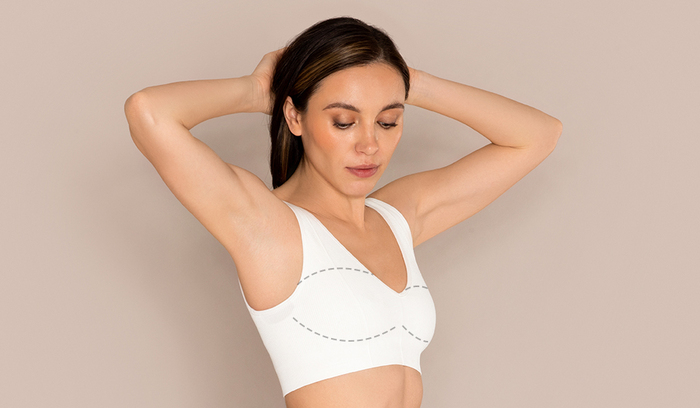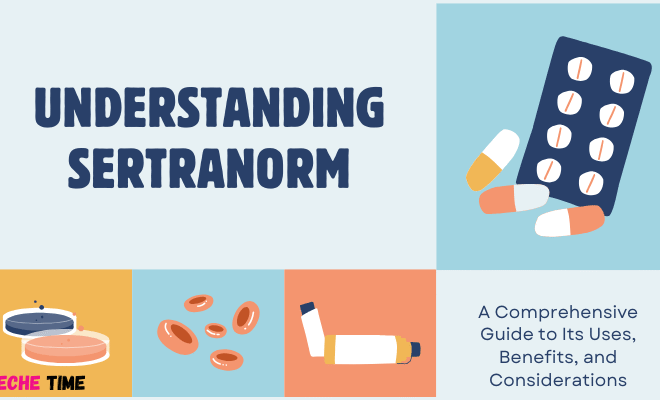
Sculpting Your Body: A Comprehensive Guide to Breast Reduction
Breast reductions are a popular procedure to resize overly large breasts to match a woman’s frame. It removes excess tissue and skin to relieve common issues like back/neck pain, rashes, and ill-fitting clothes. The goal is to craft smaller, lifted, symmetrical breasts. For women whose breast shape is out of sync with their body, reduction mammoplasty can improve comfort and confidence and bring significant outcomes.
Who is a Candidate for Breast Reduction?
Oversized breasts often create physical discomfort and emotional distress. If you feel burdened with your breast shape, you may be a good candidate for reduction. Consider surgery if you experience:
- Back, neck, or shoulder pain due to large and saggy breasts
- Skin irritation under the breasts
- Restricted breathing or shortness of breath
- Grooves or indentations in the shoulders from tight bra straps
- Poor posture due to pulling from the breast weight
- Lack of physical activity due to breast size
- Emotional distress or self-esteem issues due to large breasts
In addition, most plastic surgeons recommend that breast reduction patients:
- Are in good overall health
- Have breasts that are fully developed
- Are not planning future pregnancies
- Have realistic expectations about the procedure and result
- Do not smoke
Breast Reduction Procedure Techniques
Breast reduction surgery typically takes 2-3 hours to perform under general anesthesia. There are a few techniques your surgeon may use:
Liposuction: Liposuction can be a less invasive option for breast reduction that offers lasting results with minimal scarring. It removes fat but does not excise glandular breast tissue. Liposuction works best for those seeking a small to moderate reduction in breast size. It can be performed relatively quickly as an outpatient procedure.
Inverted T Anchor
This technique involves an anchor-shaped incision – around the areola, vertically down the breast, and horizontally across the breast crease. It allows the surgeon to remove greater tissue and more extensive reshaping through the three incision points.
Vertical Lollipop
This technique uses a circular incision around the areola and a vertical incision down from the areola to the breast crease. Through these two incisions, the surgeon can remove excess glandular tissue, fat, and skin to reduce and reshape the breast. This technique is ideal for those who need a mild to moderate reduction in breast size.
The optimal breast reduction technique depends on the patient’s anatomy and surgical goals. Your surgeon will assess factors such as the degree of excess tissue, skin elasticity, breast shape preferences, and projected nipple position to recommend the most suitable technique for achieving the patient’s desired results and aesthetics.
Recovery After Breast Reduction Surgery
You can expect:
– Mild to moderate pain and swelling for 2-3 weeks
– To wear a compression bra for several weeks
– Bruising and numbness that subsides over time
– No strenuous exercise for 4-6 weeks
– Most sutures dissolve over time
Results are visible right away, but final results appear over 3-6 months as swelling resolves. Scars fade significantly over 12-18 months.
Benefits of Breast Reduction
Patients who undergo breast reduction surgery for cosmetic reasons report overwhelmingly positive results, including:
- Relief from neck, back, and shoulder pain
- Improved breathing and lung function
- Better exercise capability and range of motion
- Improved posture
- Relief from skin irritation under the breasts
- Freedom to wear desired clothing styles
- Greater self-confidence
- Feeling lighter and less restricted
- Satisfaction with appearance
Wrapping Up
Opting for breast reduction is a big decision. To see if this breast surgery is right for you, meet with a board-certified plastic surgeon. They will evaluate your health, hear your concerns, examine your breasts, and explain the various treatments. Together, you can create a plan to resize your breasts and renew comfort and confidence.








